Earthen Elegance
Rediscovering rammed earth construction in modern architecture
Earthen Elegance
Rediscovering rammed earth construction in modern architecture

In the relentless pursuit of innovation and the adoption of cutting-edge technologies in construction, it becomes increasingly imperative to cast a retrospective gaze on age-old practices that once served as the foundation of architectural wisdom. There is a growing acknowledgment that innovation goes beyond merely introducing new elements; it involves refining and enhancing ancient techniques to create the most effective and adaptable materials for present-day applications.
Rammed earth construction, known by various names across cultures, stands as a testament to this philosophy. With roots tracing back to thousands of years, rammed earth extends beyond mere nostalgia, offering a well-rounded approach that intertwines sustainability, aesthetics, and innovation in the ever-evolving tapestry of modern architecture.
Rammed earth is a construction technique that involves compacting a mixture of earth, clay, sand, and gravel within sturdy formwork to create load-bearing walls. This method, dating back thousands of years, relies on the inherent strength and durability of the natural materials used. The process begins with the careful selection of soil, ensuring an optimal blend of clay, silt, sand, and gravel to achieve the desired structural integrity. The chosen mixture is then moistened and meticulously compacted in thin layers within temporary formwork. As each layer is compressed, it gradually solidifies into a robust, monolithic wall. The result is a structure that showcases the raw, organic beauty of the earth, with variations in colour and texture reflecting the distinctive characteristics of the chosen soil.
Rammed earth construction boasts several notable advantages that contribute to its increasing popularity in modern architecture. One key benefit lies in its sustainability, as the primary materials—earth, clay, sand, and gravel—are locally sourced, reducing the environmental impact associated with transportation. The low carbon footprint of rammed earth, achieved through a minimalistic production process, aligns with the global push for eco-friendly building practices.
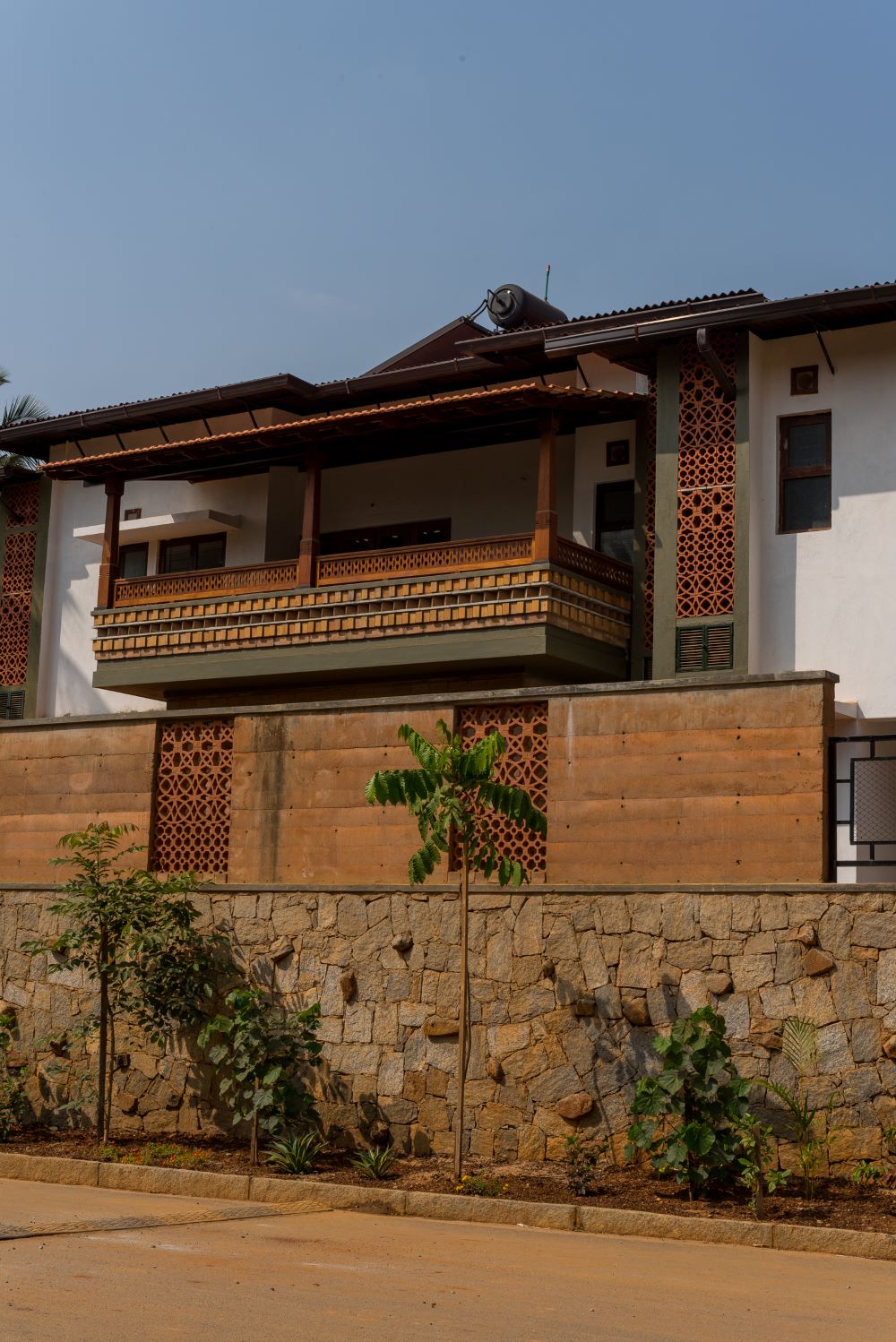
Additionally, rammed earth structures exhibit exceptional thermal mass properties, providing natural insulation and reducing the need for artificial heating or cooling. This inherent energy efficiency contributes to long-term cost savings and aligns with contemporary demands for environmentally- conscious design. Furthermore, the durability and longevity of rammed earth constructions are noteworthy, as evidenced by centuries-old structures still standing today. The aesthetic appeal of rammed earth, with its unique textures and earthy tones, adds a distinctive touch to architectural designs, allowing for a harmonious integration of tradition and innovation in the built environment.
Despite its compelling advantages, the widespread adoption of rammed earth construction faces certain challenges that limit its prevalence in contemporary building practices. One significant drawback is the bulkiness of the construction process, involving the layer-by-layer compaction of earth within formwork. This can be time-consuming and labour-intensive, making it less attractive for large-scale or time-sensitive construction projects.
Additionally, the need for skilled craftsmen well-versed in soil dynamics, compaction techniques, and formwork intricacies poses a potential barrier. The reliance of the process on specific soil compositions further restricts its applicability to regions with suitable earth resources, limiting its feasibility in diverse geographical contexts. While protective measures have been devised to address issues such as water resistance, these considerations underscore the challenges that render rammed earth construction less commonly embraced in the contemporary construction landscape, despite its merits.
As the industry continues to explore sustainable alternatives, overcoming these limitations may pave the way for a broader acceptance of this ancient yet promising building technique.
Rammed earth walls by GoodEarth

GoodEarth has harnessed the art of rammed earth in two distinctive projects -the Resonance compound wall at Malhar Eco-Village and the Toyota Ecozone stairway wall. The Resonance boundary wall, with its harmonious red hue, stands as a continuity that blends seamlessly with its surroundings, yet strikingly contrasts with the granite stone. Meanwhile, at Toyota, the stairway wall becomes an organic natural painting, a feature that integrates different-coloured soils in gentle curves.
When asked about the decision to experiment with rammed earth for the boundary wall, Prashanth Palanisamy, the Director of Design at Good Earth, provides valuable insights into the decision-making process.
“When mud blocks became an integral part of our projects, rammed earth naturally extended from this groundwork,” explains Prashanth.
“We decided to use it for the boundary wall of the community, as the mix is almost the same as that of mud block, expressed differently.”
At Toyota Ecozone, we experimented by using a variety of different coloured soils that stand out.


To showcase the variety of advantages of the material and technique, the Dubai Museum of the Future, as part of its Tomorrow Today exhibition, showcases cutting-edge technologies, including rammed earth tiles.
This signals a potential breakthrough, presenting rammed earth as a sustainable solution for contemporary and future construction challenges. This strategic choice reaffirms that the true spirit of innovation lies in the continuous evolution and enhancement of time-honoured methods, ensuring their resilience in the ever-changing landscape of architecture.
It serves as a tangible reminder that the most sustainable solutions often emerge when we skillfully blend the wisdom of the past with the ingenuity of the present.
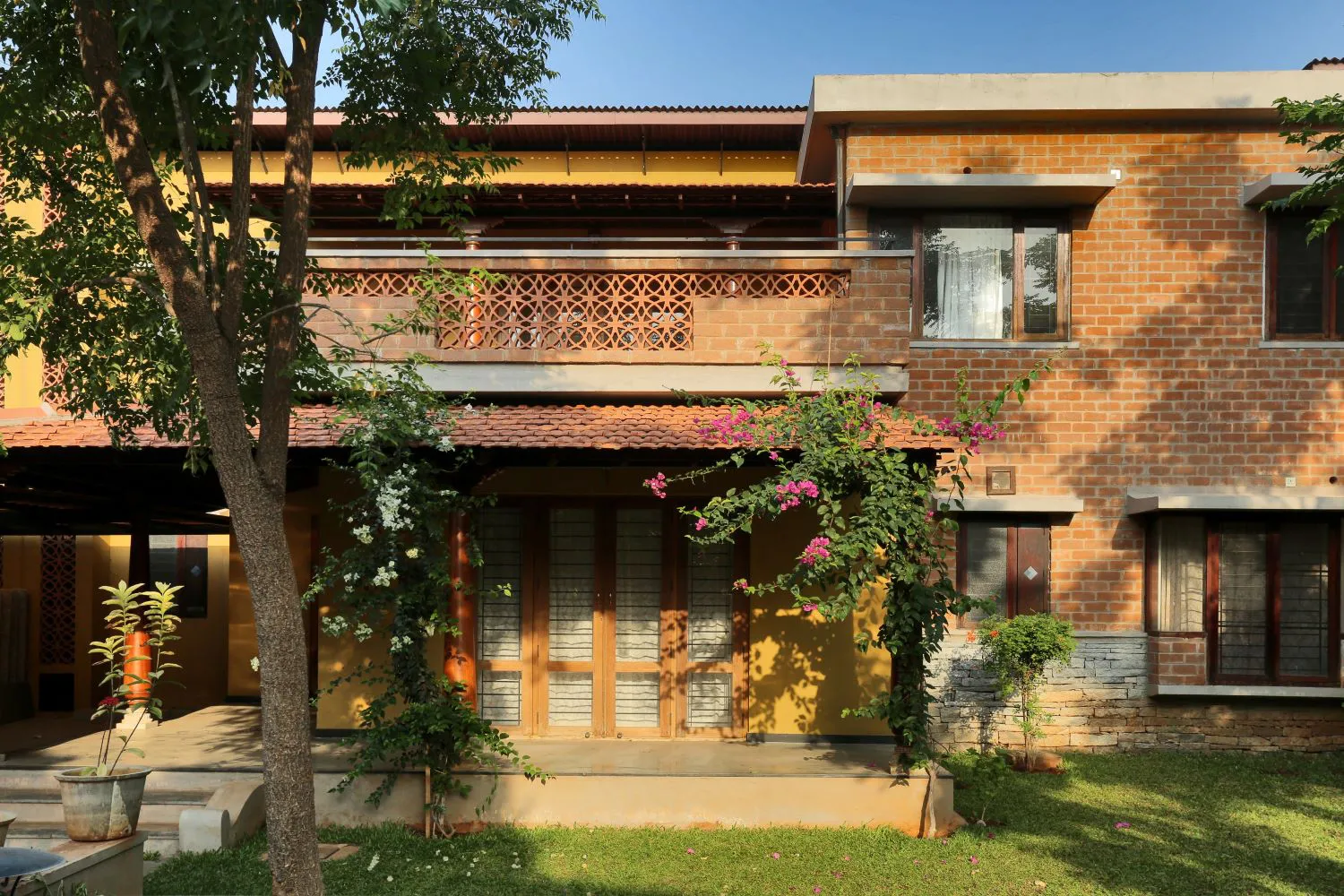
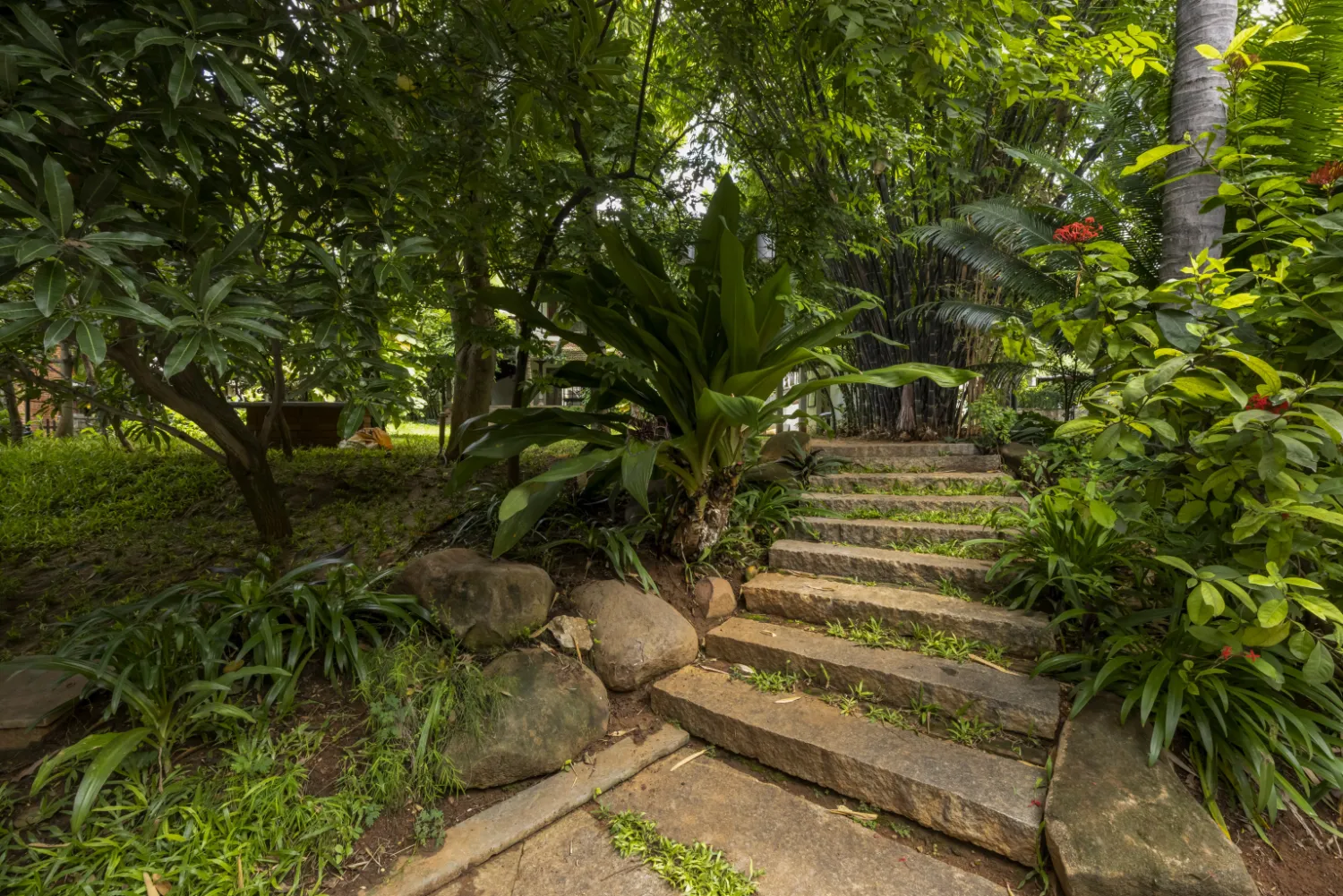
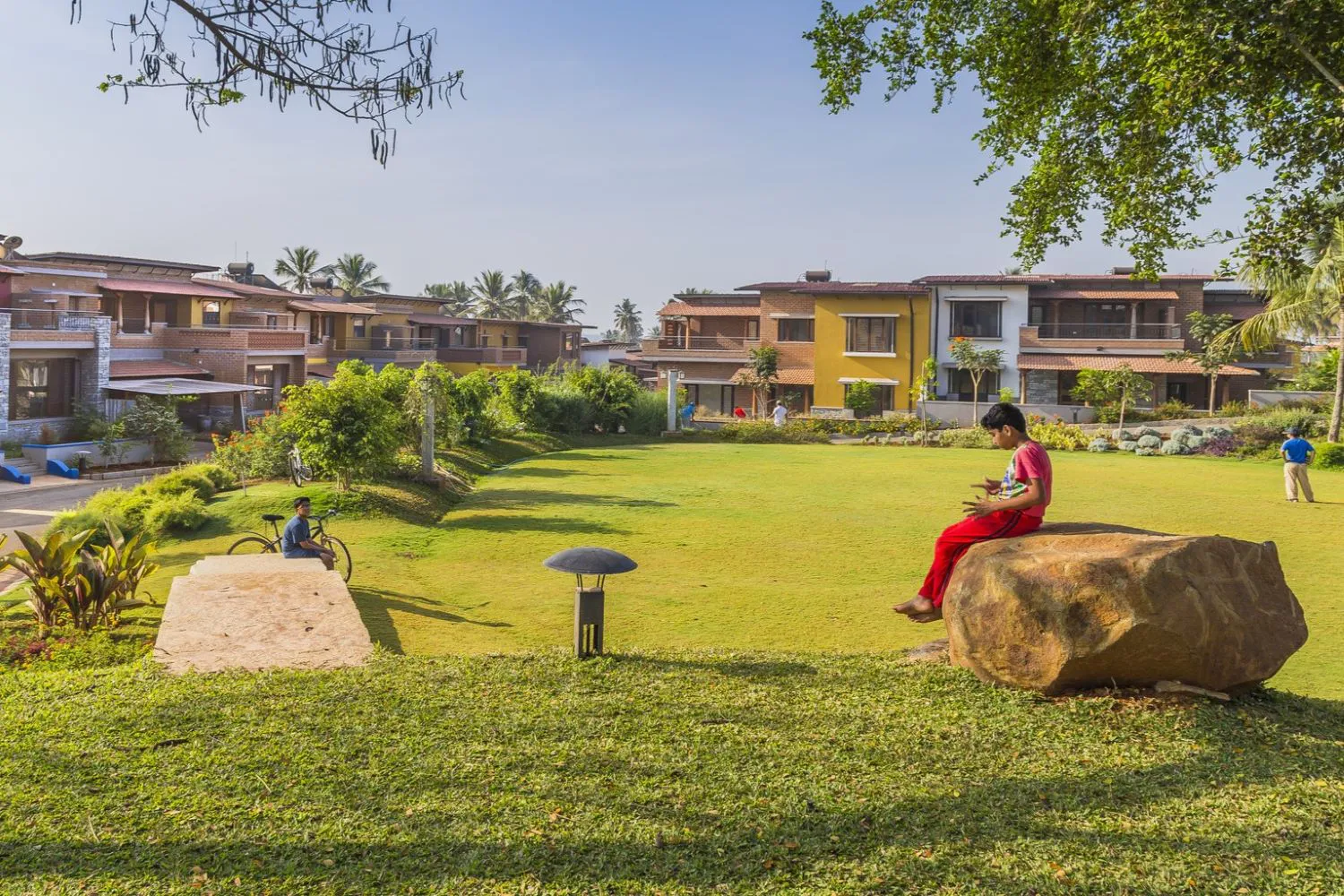
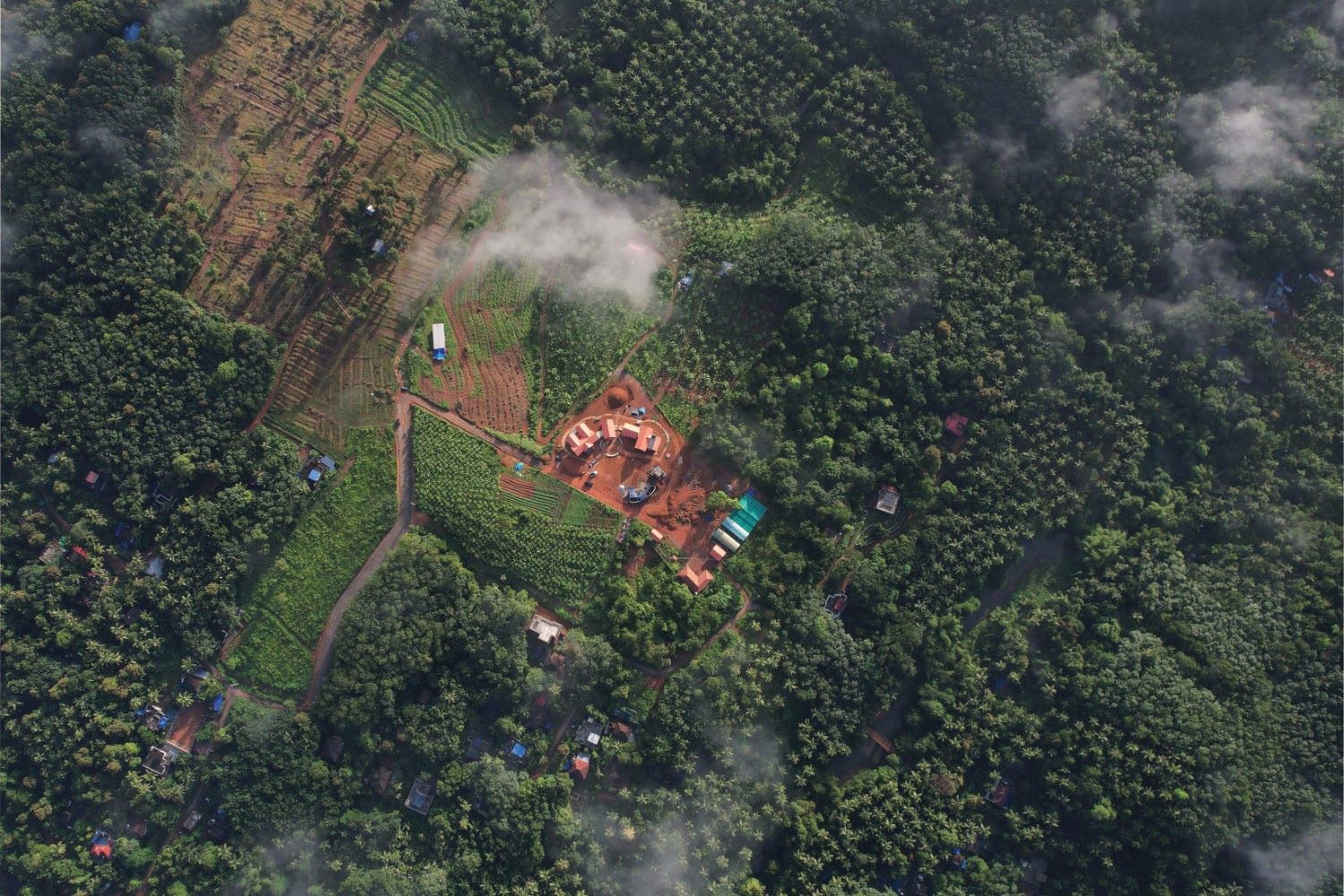
Leave A Comment